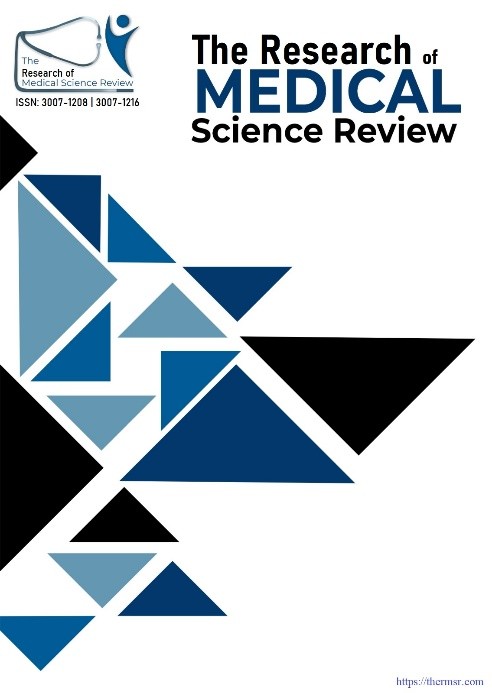COMPARISON OF WOUND INFECTION RATES BETWEEN PRIMARY CLOSURE AND OPEN TECHNIQUE IN THE SURGICAL MANAGEMENT OF PILONIDAL SINUS
Main Article Content
Abstract
Background: Pilonidal sinus is a common chronic inflammatory condition affecting the sacrococcygeal region, frequently seen in young males. Surgical management is the mainstay of treatment, with the open technique and primary closure being the most commonly practiced procedures. Postoperative wound infection is a significant complication influencing the choice of technique.
Objectives: To compare the wound infection rates between primary closure and open technique in the surgical management of pilonidal sinus.
Study Design & Setting: A comparative cross-sectional study conducted at the Department of General Surgery and Surgical Oncology, Unit – 1, Sheikh Zayed Medical Complex, Lahore
Methodology: A total of 120 patients diagnosed with pilonidal sinus were enrolled and divided into two equal groups. Group A (n=60) underwent the open technique, while Group B (n=60) underwent primary closure after excision. Standard preoperative and postoperative protocols were followed. Wound infection was assessed clinically during a 4-week follow-up period. Data were analyzed using SPSS version 25, with the Chi-square test applied and p-value < 0.05 considered significant.
Results: The mean age of participants was 27.0 ± 5.8 years, with 78.3% males and 21.7% females. Wound infection was observed in 5 patients (8.3%) in the open technique group and in 15 patients (25.0%) in the primary closure group. The difference was statistically significant (p = 0.014).
Conclusion: The open technique was associated with a significantly lower rate of wound infection compared to primary closure. Thus, it may be considered the safer option in terms of minimizing postoperative infection
Downloads
Article Details
Section

This work is licensed under a Creative Commons Attribution-NonCommercial-NoDerivatives 4.0 International License.
